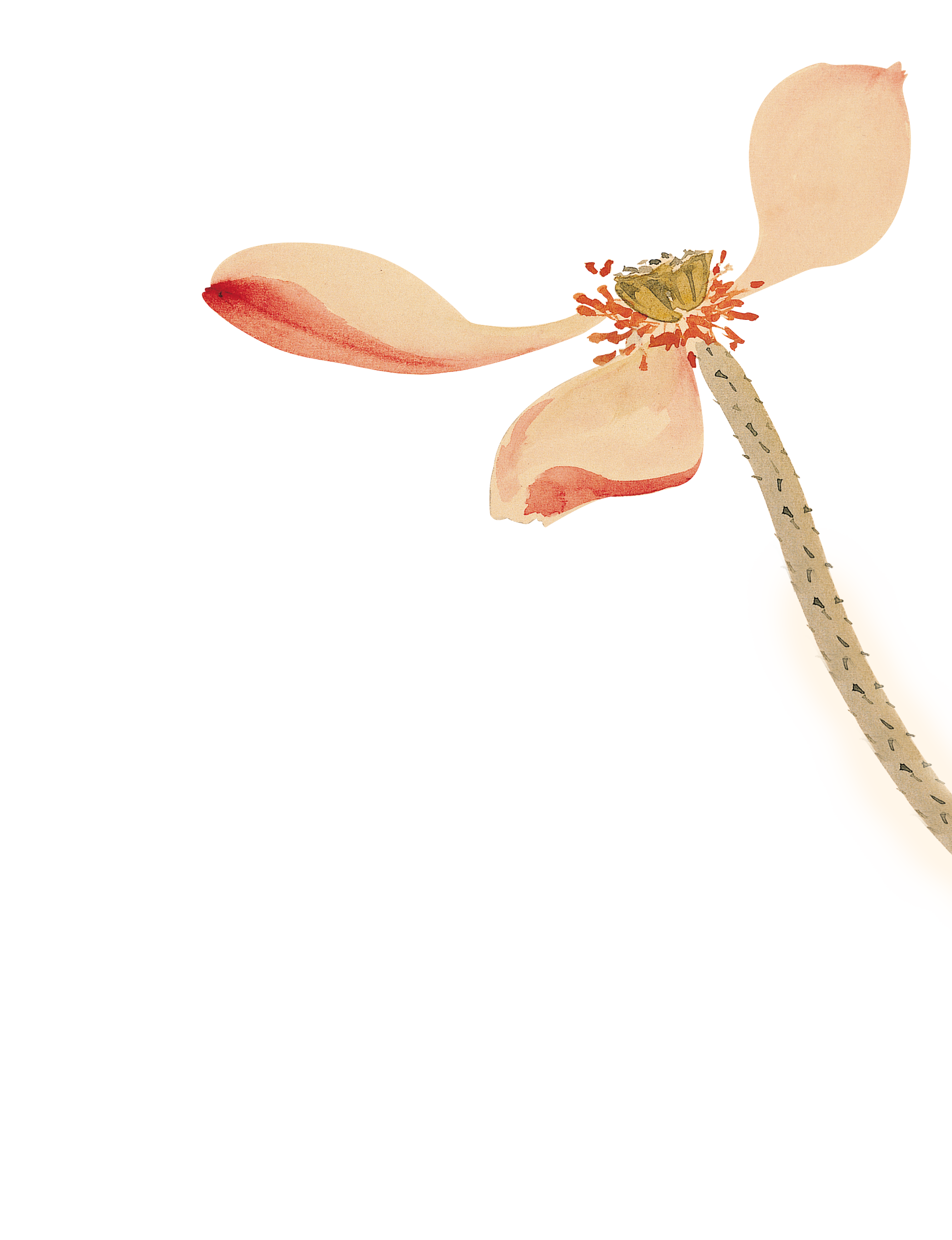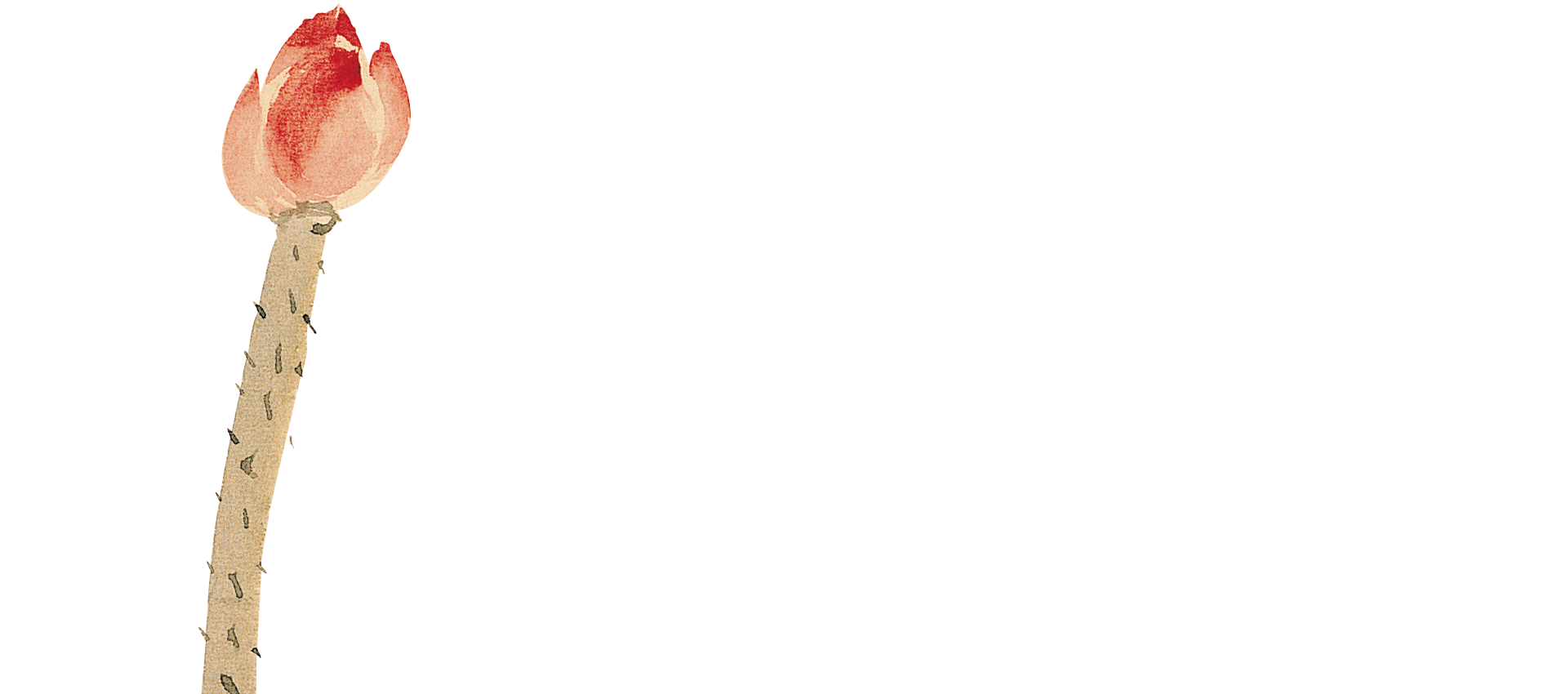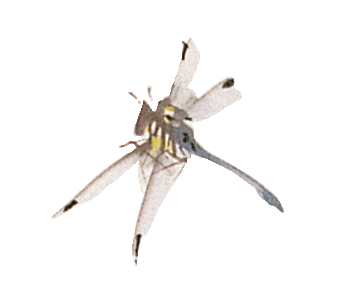





 |
||
|
||



123
123
The Lotus and the Seasons
In the spring,
seedlings take root
and leaves float
in the warm,
unending drizzle.
Dragonflies stand
on lily pads
as sprouts
pierce the water.
123
In the summer
the flowers bloom
for three or four days.
Five or six open
in the morning,
one flower and
one leaf to a root.
Farmers are busy
with the harvest.
123
In the autumn,
northern winds
blow cold and
the plants wither.
The remaining flowers
fade to yellow,
while seedpods create
black outcroppings.
Underground
the roots grow.
In the winter,
the harvest season
never ends.
Every household
digs up roots
and grinds them
into a powder.
The delicious scent
permeates the air.
123
123
123
123
123
123
123
123
123
123
123
123
123
123
123
123


123
123
A Small Taste
In the early Qin
and Han dynasties,(206 BC–220 AD)
people were already making
nutritional supplements
out of the lotus,
and it was even
recorded in the
Compendium of
Materia Medica
from the Ming Dynasty.(1368–1644)
Every part of the plant
can be used as
medicine or food:
The root can be eaten
as a vegetable
or a candied fruit.
The petals are
sweet and aromatic,
and when eaten
reduce inner body heat
and calm nerves.
The leaves are often
used to wrap other foods,
as their scent
whets the appetite.
Also, the common
"lotus seed paste"
is made from
ground lotus seeds
and can be used in cakes.
In the Nanmen Market
there are many booths
to buy foods
made from the lotus.
From the Chinese medicine
shop on Ningbo W Street
to "four spirit" soup
and shaved ice shops nearby,
you can find many places
that use stewed lotus seeds.
123
123
123
123
123
123
123
123
123
123
123
123
123
123
123
123